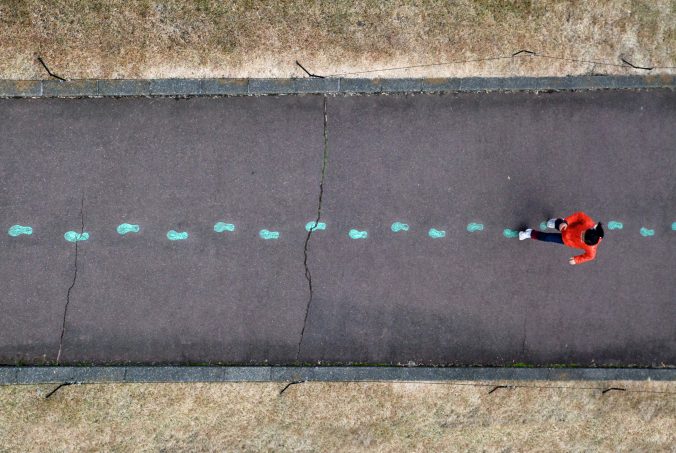From what you’ve seen of the course so far and in the course outline, which of the assessment strategies in your reading this week are being used in this course?
The assessment strategies in your reading this week are being used in this course are taking class survey, go through the content and writing your own blogs and peer- reviewing the blogs from other class mates.
Which are not being used?
Quizzes, exams, and presentation are not going to used in this course.
What learning theories (from Week 1) do these connect to?
The learning theories introduced by first week is mainly focus on three concepts: behaviourism, Cognitivism and Constructivism
For behaviourism, this theory considered learning as observable performance on change. Therefore , the blog is a good way to demonstrates behaviourism to reflect how students react with the environment.
For Cognitivism, learner need to use the this learning strategies to make the information meaningful. Therefore, the weekly blog we need to write make the knowledge and methods build a deep connection with our memories, it help us reinforcing understanding and developing into a deeper concept.
For Constructivism, learners should have their own individual and unique understanding of knowledge. And the understanding of knowledge can be developed through time. Therefore, updating the blogs weekly clearly show a learner’s deepening understanding of learning methods over a period of time.
How does it compare to other courses you’ve taken in your studies? Be specific in your examples and the theories and strategies that you’re connecting to.
I think that behaviourism, cognitivism and constructivism are fully reflected in most courses at Uvic,. I am a student from the Department of Economics. Therefore, quizzes and exams are the main carriers of these learning methods. For example, the final grades provided by periodic quizzes and exams will largely reflect the learning outcomes of students during this period. Moreover, Lab is also a special form of testing learning outcomes in class, which usually occurs more frequently than quizzes and exams. In addition, the method of testing in class allows students and tutors to interact more frequently. Therefore, students can easily find their own knowledge deficiencies in the lab and communicate with the tutors in time, which reflects the constructivism.


Recent Comments